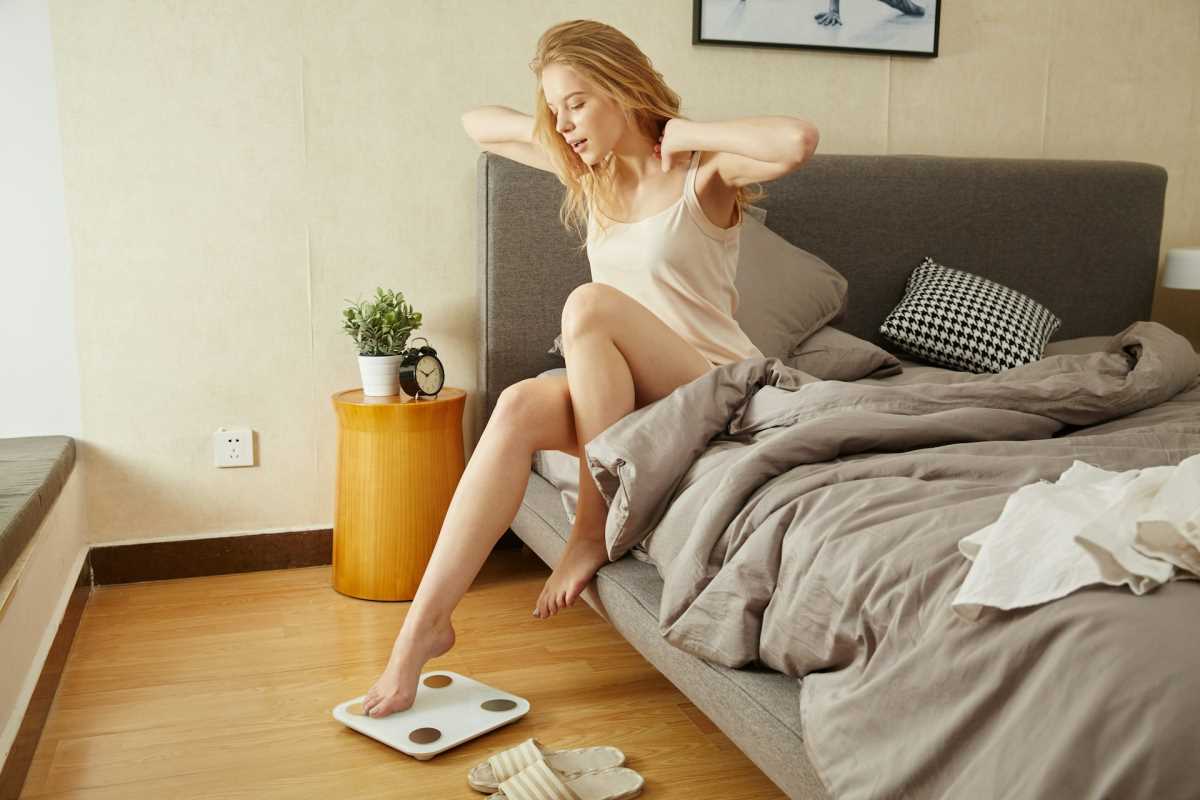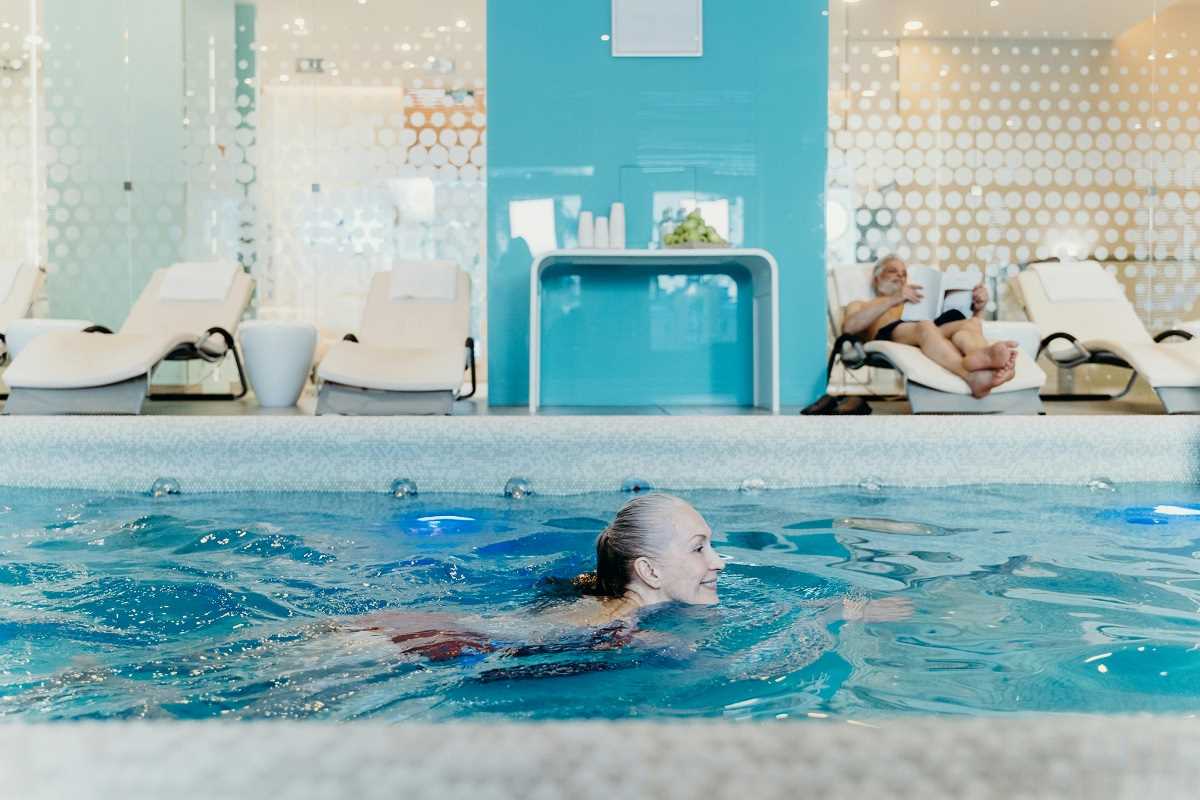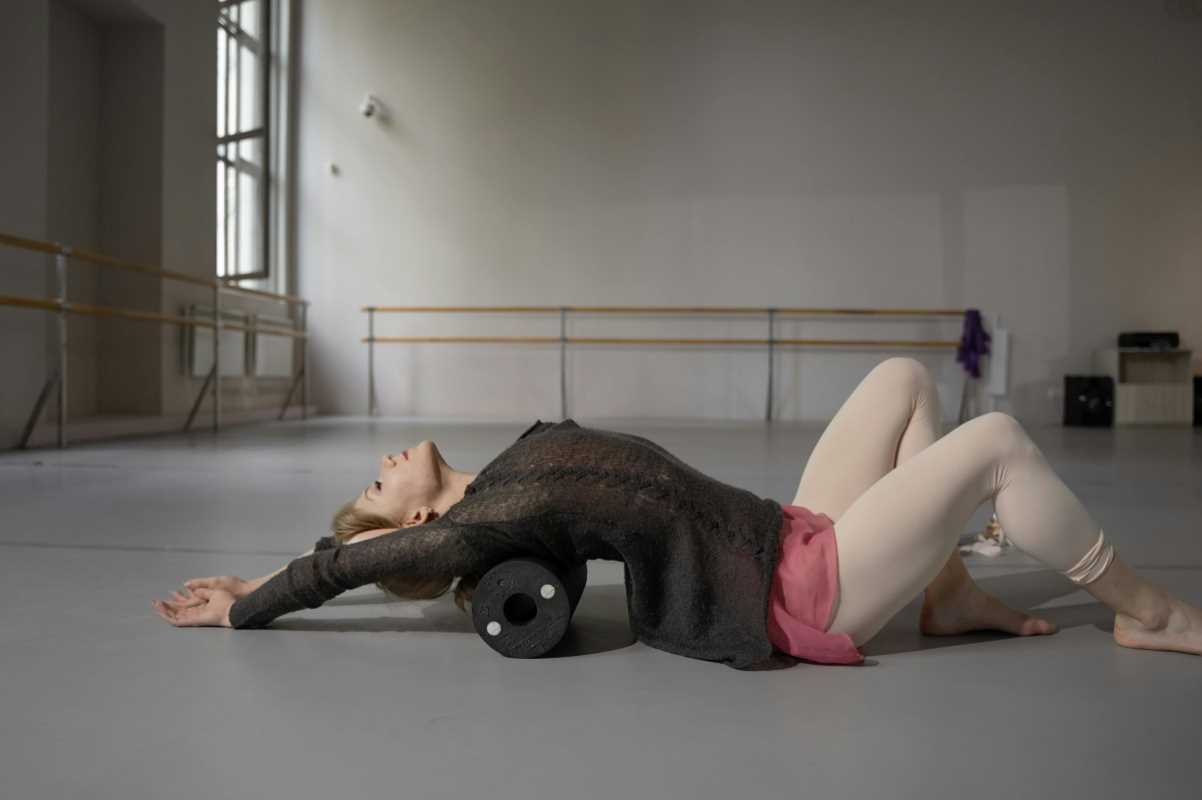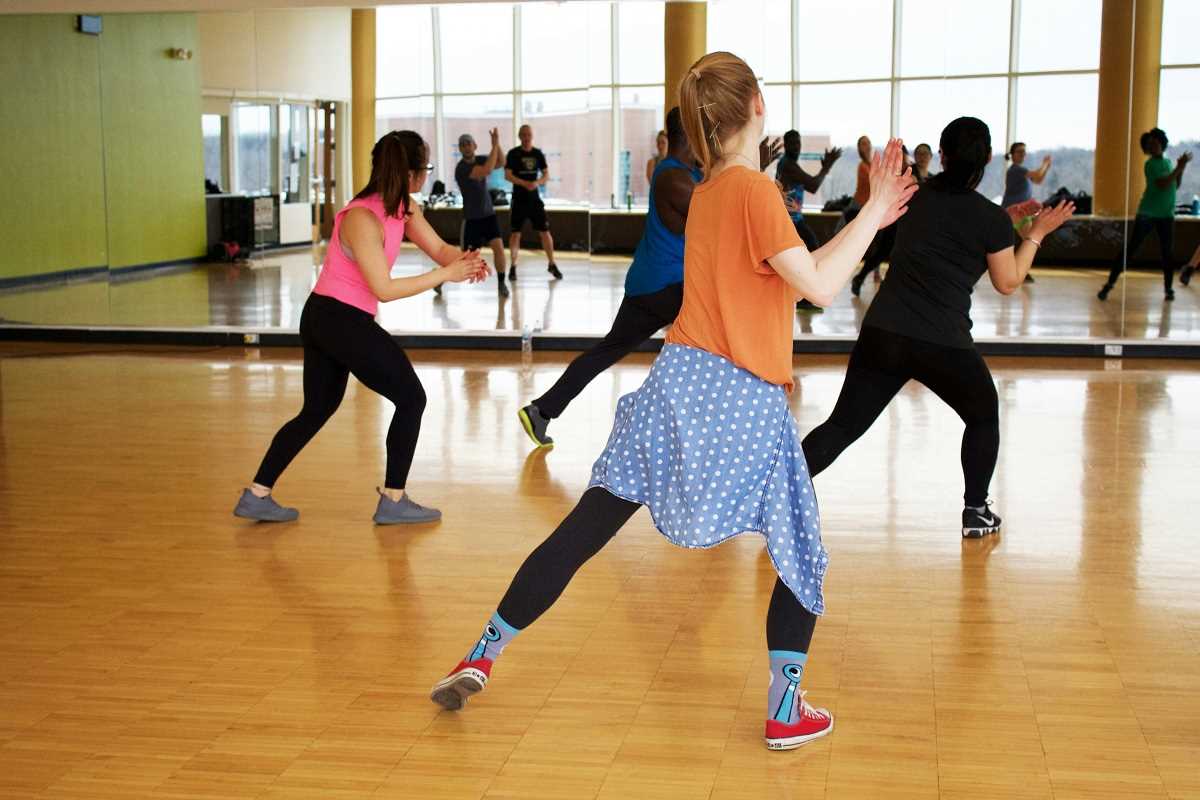Have you ever tried to carry a heavy grocery bag or reach for that high shelf and felt a twinge of discomfort or even pain? Maybe you've caught yourself thinking that everyday movements seem harder than they used to. The culprit? Often, it’s a lack of functional strength and mobility. But here’s the good news: functional fitness can help.
Functional fitness might sound like something for elite athletes or gym junkies, but it’s for everyone. And for middle-aged women, it’s a game-changer. By focusing on practical movements that mimic everyday tasks, functional fitness helps you build strength, flexibility, coordination, and resilience. It doesn’t just improve how you move but also shields your body against common injuries.
If jumping into an all-out workout routine feels overwhelming, don’t worry—we’ll break it down step by step. By the end of this article, you’ll not only understand why functional fitness is so effective but also feel excited to try it yourself.
What Is Functional Fitness, Anyway?
Functional fitness is all about improving the way your body moves in real life. Think of it as training for the "everyday Olympics": bending, lifting, reaching, twisting, or climbing stairs. Unlike traditional workouts that might isolate one muscle (like bicep curls), functional exercises train multiple muscle groups to work together.
These movements often mimic activities you already do, like squatting to pick something up, lunging to tie your shoelaces, or twisting to reach into the backseat of the car. Functional fitness emphasizes coordination and balance, combining strength, flexibility, and stability to make your body more efficient at handling daily tasks.
Why Middle-Aged Women Should Prioritize Functional Fitness
As we age, our bodies naturally experience changes like decreased muscle mass, joint stiffness, and slower reflexes. This doesn’t mean you’re destined to feel weaker or less capable. Functional fitness can counteract those changes and even make you feel stronger and more confident than before.
Here’s why it’s especially beneficial for middle-aged women:
- Improves Strength and Bone Health: Functional fitness includes weight-bearing exercises, which help maintain muscle mass and strengthen your bones. This is particularly important since women are more prone to osteoporosis as they age.
- Reduces Everyday Strain: By improving how your muscles and joints work together, these exercises make everyday actions like lifting, walking, or even playing with kids easier and less taxing.
- Prevents Injuries: Functional fitness strengthens stabilizing muscles, which protect your joints and reduce your risk of falls or strains. Enhanced balance and coordination also help you avoid accidents.
- Promotes Longevity: Physical activity, especially one that keeps your body moving the way it was designed to, is one of the best ways to stay healthy and independent as you age.
Everyday Benefits You’ll Notice
Functional fitness isn’t about hitting PRs (personal records) at the gym. It’s about making small, meaningful changes to how you move every day. Below are just a few examples of how this type of workout can enhance your daily life:
- Grocery Lifting Made Easy
Carrying multiple heavy bags no longer feels like a Herculean task. Functional fitness strengthens your grip and core, helping you handle that weight more easily and without strain.
- Reaching High Shelves
Movements that integrate flexibility and shoulder mobility can help you reach for items without awkward twisting or pulling. Say goodbye to those moments of accidentally straining a muscle to grab that box of cereal.
- Reducing Stiffness After Sitting
If your job or routine keeps you in one spot for hours, functional exercises can loosen up tight hips or stiff backs. Dynamic stretching and hip-opening exercises ease discomfort and keep you limber throughout the day.
- Feeling More Balanced on Uneven Surfaces
Walking on uneven ground, like at the park or beach, feels a lot less intimidating when your stability and core strength are solid.
Key Movements for Functional Fitness
The beauty of functional fitness is that it’s simple and versatile. You don’t need fancy machines or expensive equipment to get started. Many exercises use just your body weight and a few common tools like resistance bands or small dumbbells.
1. Squats for Strength and Mobility
Why it helps: Every time you sit down in a chair or stand back up, you're using the same movement pattern as a squat. Squats strengthen your legs, glutes, and core while improving balance.
How to do it:
- Stand with your feet shoulder-width apart.
- Lower your body as if you're about to sit in an invisible chair.
- Push through your heels to return to standing.
Modify it: Hold onto the back of a chair for balance or use a low stool to guide your motion.
2. Lunges for Stability and Balance
Why it helps: Lunges improve stride strength and stability, making walking, climbing stairs, and bending easier.
How to do it:
- Step one foot forward, bending both knees to create a 90-degree angle.
- Push back to standing with a strong step.
Modify it: Hold onto a stable surface like a counter for support while stepping.
3. Planks for Core Strength
Why it helps: The core is your powerhouse. A strong core not only supports your spine but also keeps you steady during everyday movements.
How to do it:
- Lie face down, then lift your body onto your forearms and toes to form a straight line.
- Hold for 10 to 30 seconds, gradually working up to a full minute.
Modify it: Drop to your knees for added support or use an elevated surface like a countertop.
4. Push-ups for Upper Strength
Why it helps: Push-ups work the chest, shoulders, and arms while engaging the core. Think of all the times you’ve had to push something heavy!
How to do it:
- Start on your hands and knees. Lower your chest toward the ground, then push back up.
Modify it: Try doing push-ups against a wall or countertop as you build strength.
5. Deadlifts for Lifting Technique
Why it helps: Deadlifts teach proper form for bending over and picking up objects without straining your back.
How to do it:
- Hold a lightweight object (like a small dumbbell or even a water bottle) in both hands.
- Bend at your hips and knees to lower the object, then stand up by driving through your heels.
6. Balance Training
Why it helps: Good balance reduces the risk of falls, especially as you age.
How to do it:
- Stand on one foot for 10–15 seconds, holding onto something stable if needed. Gradually challenge yourself to do it unsupported.
Tips to Get Started
You don’t have to jump into an intense regimen to enjoy the benefits of functional fitness. Here’s how to ease into it with confidence.
- Start Small: Find just 3–4 exercises that feel manageable, and practice them a couple of times a week.
- Focus on Form: Slow, controlled movements are better than rushing. Use mirrors or guidance from workout videos to ensure your form is correct.
- Stay Consistent: Include functional fitness as part of your weekly routine. Little by little, you’ll begin to notice a difference.
- Get a Support System: A class, fitness group, or even a friend who works out with you can help keep you motivated.
A Better Body for a Better You
Functional fitness isn’t about perfection. It’s about making your everyday life easier, more comfortable, and injury-free. No matter your fitness level, age, or previous workout experience, functional exercises create a foundation for movement and wellness.
The best part? You don’t need a gym membership or pricey gadgets. All you need is a willingness to get started. Whether you're carrying shopping bags, chasing after grandkids, or simply walking with confidence, functional fitness can help you feel strong, capable, and energized for years to come.
Start today—not for the mirror, but for the life you want to lead.
 (Image via
(Image via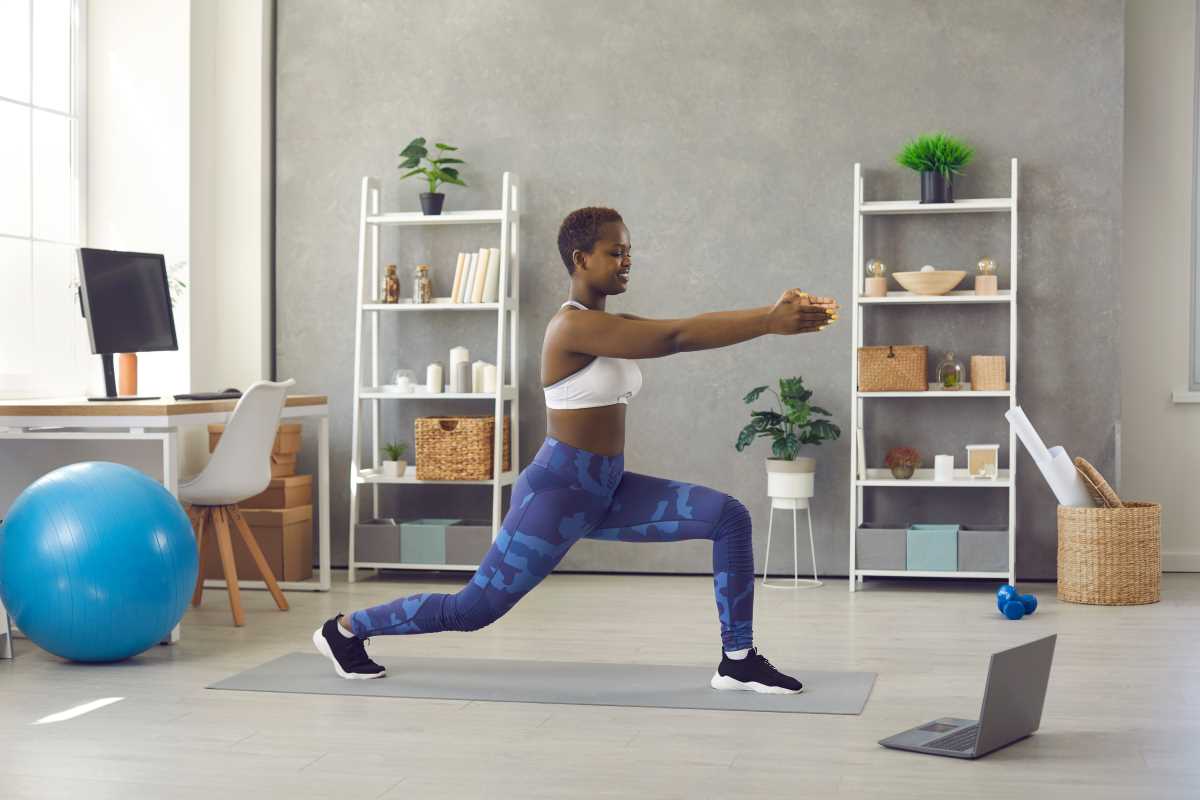
.jpg)
